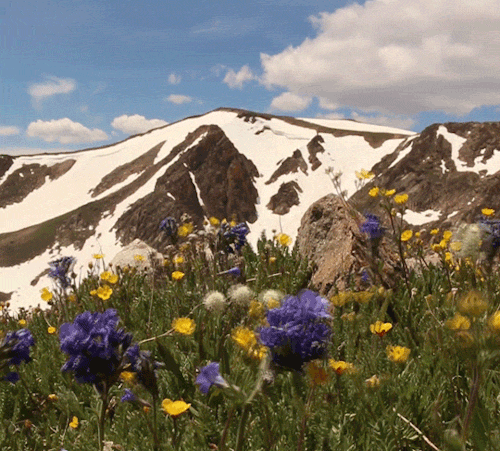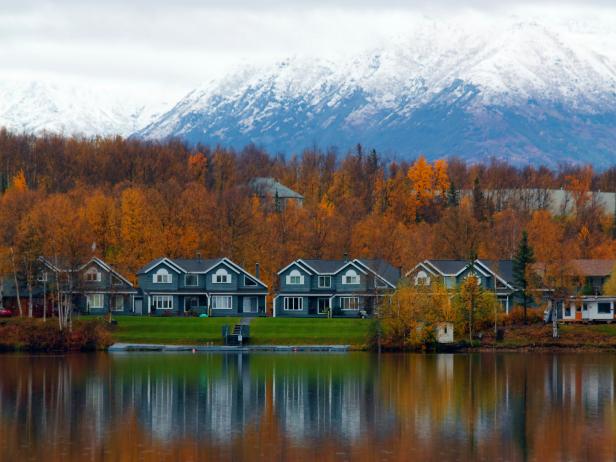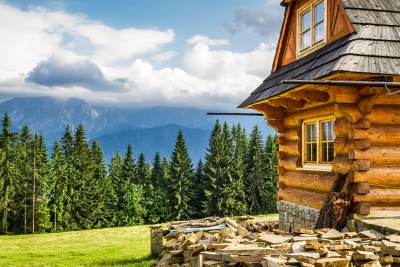Before you pack up and move know that to live in a place like the Rocky Mountains region makes for a different life at high altitude.
The following written content by Andrew Fortune|

Most of the United States is at or slightly above sea level. To live in a place like the Rocky Mountains region makes for a different life at high altitude. Colorado, for example, has 59 14,000-foot mountains, along with over 600 other mountains, ranging from 9,000 feet to 13,000 feet.
People unfamiliar with Colorado see photos and videos of the mountains and fall in love with the idea of living up there. In the U.S. News Best Places to Live in 2021-2022 ranking, Boulder, Colorado, located in the foothills of the Rocky Mountains, takes the No. 1 spot, in part for its high desirability among U.S. residents.
Most of Colorado’s population lives on the Front Range of the Rocky Mountains because it’s easier than living up in the mountains themselves. Larger cities near the mountains are often located on flatter terrain, like Denver on the Front Range, because this area is significantly more accommodating of a normal life.

In total, six metro areas either located in the mountains, at the base of a range or within an easy drive of all that peaks and trails have to offer are among the top 25 Best Places to Live in 2021-2022: Boulder; Colorado Springs, Colorado; Boise, Idaho; Denver; Fort Collins, Colorado; and Salt Lake City.
It’s extremely risky to move directly from sea level into the mountains. Life up there is vastly different. Some folks love it, while others struggle to adapt.
Here are five commonly overlooked aspects that should be thoughtfully considered when moving from lower altitude states directly into the Rocky Mountains or similar high-altitude ranges:
- Climate.
- Elevation.
- Traffic.
- Seasons.
- Wildlife.
Climate

The Rockies are synonymous with beautiful pictures of majestic snow-capped mountains. What you can’t see in those photos is the extremely dry climate that is found in higher elevations. The dry air causes myriad problems, ranging from minor to deadly. Some arid-specific issues include increased allergies, droughts, forest fires, dry skin and static electricity, to name a few.
The snow in the mountains is significantly more intense than it is on the Front Range. Denver sits at an elevation of 5,280 feet, often referred to as the Mile High City. The average elevation of a Colorado mountain town is from 9,000 to 11,000 feet. The abundant snowfall these elevations experience results in a vastly different lifestyle.
In Denver, the snow will roll through town and stop within a few hours. The sun will come out and melt the snow on the streets, and the city is quickly back to its normal activity.
In the mountains, the snow can continue for days and pile up several feet high. Residents can be snowed in for days at a time. Life is harder to manage under these conditions. This is one of the main reasons why fewer people live at higher elevations. Visiting or vacationing in the mountains is considerably different than living there year-round.
Subscribe here
Elevation
Imagine standing on the beach and being able to levitate yourself two miles into the sky. What would be different at the elevation of 11,500 feet? This is a question worth exploring before moving from the beach to the mountains.
Every 500 feet in elevation changes the landscape. This is why when you look at a picture of Pikes Peak in Colorado Springs, you can see a clear line where the trees stop growing. The air is thinner, and the weather is more extreme. Water evaporates more quickly, and vegetation struggles to survive.
As we age, breathing can become more difficult for some. This often creates a problem for folks who retire to the mountains from a lower altitude. It takes a strong set of lungs to live at these high elevations permanently. Some people adapt well, while others struggle due to the harsh environment. Learn more from U.S. News.





